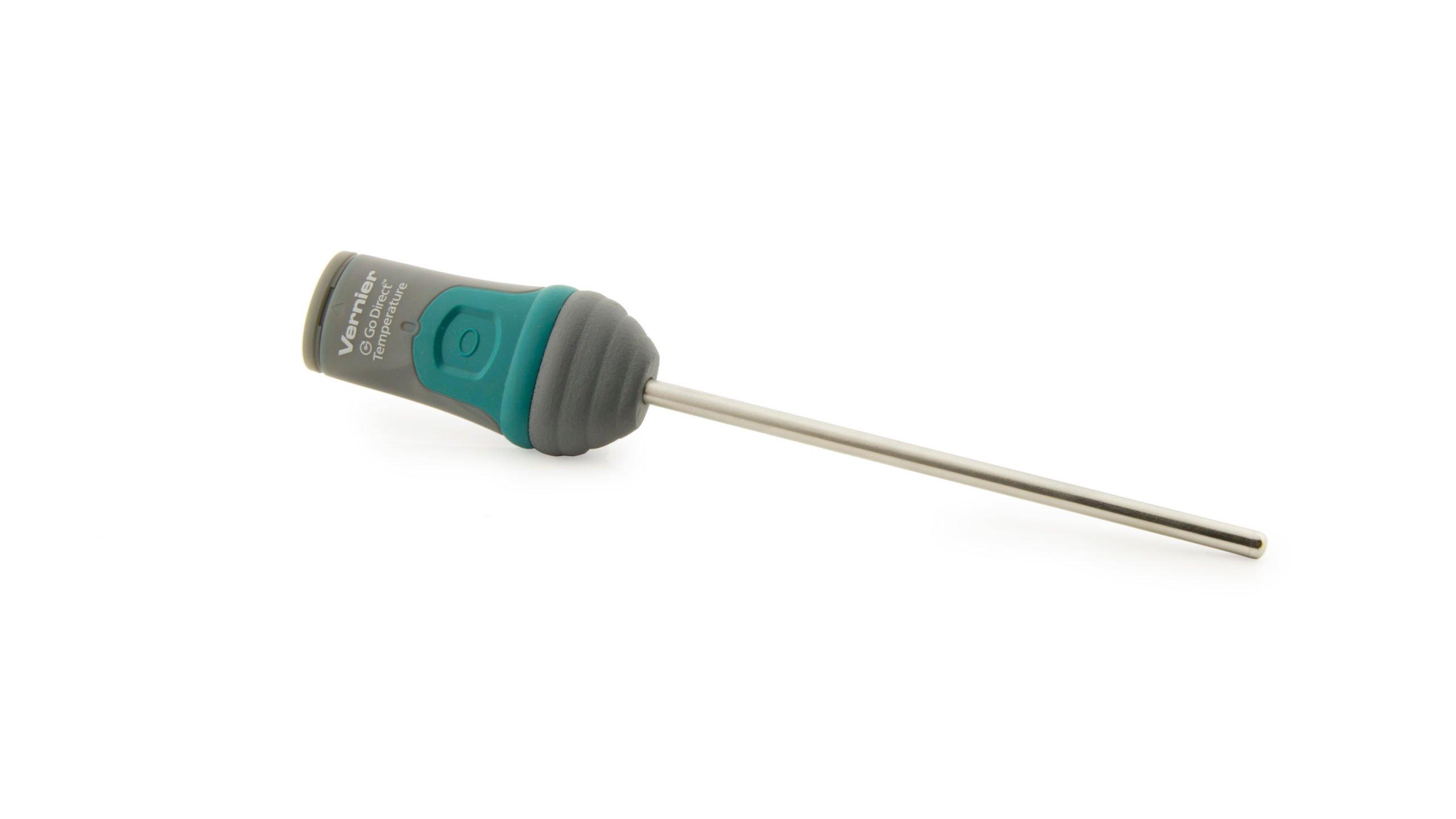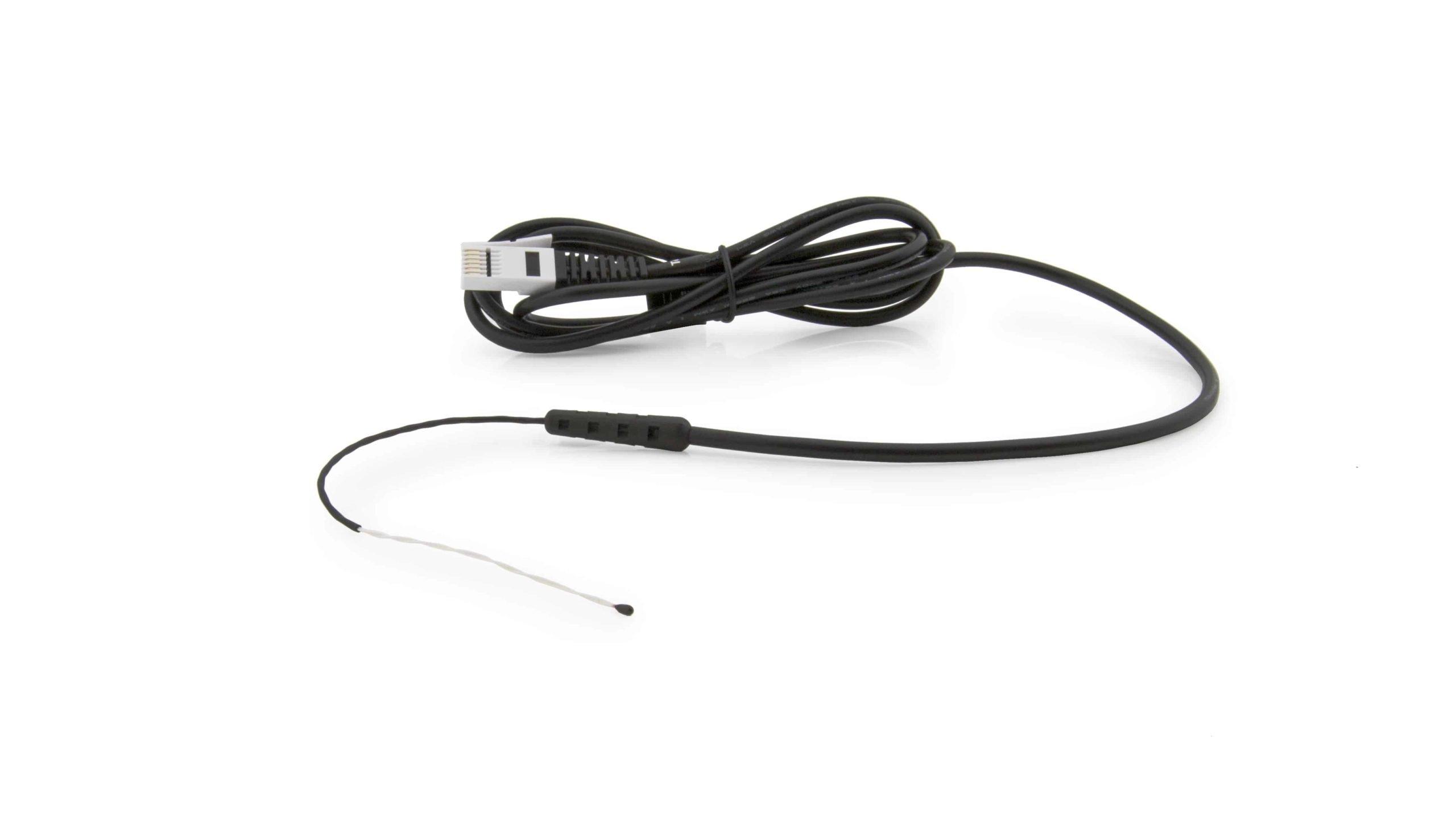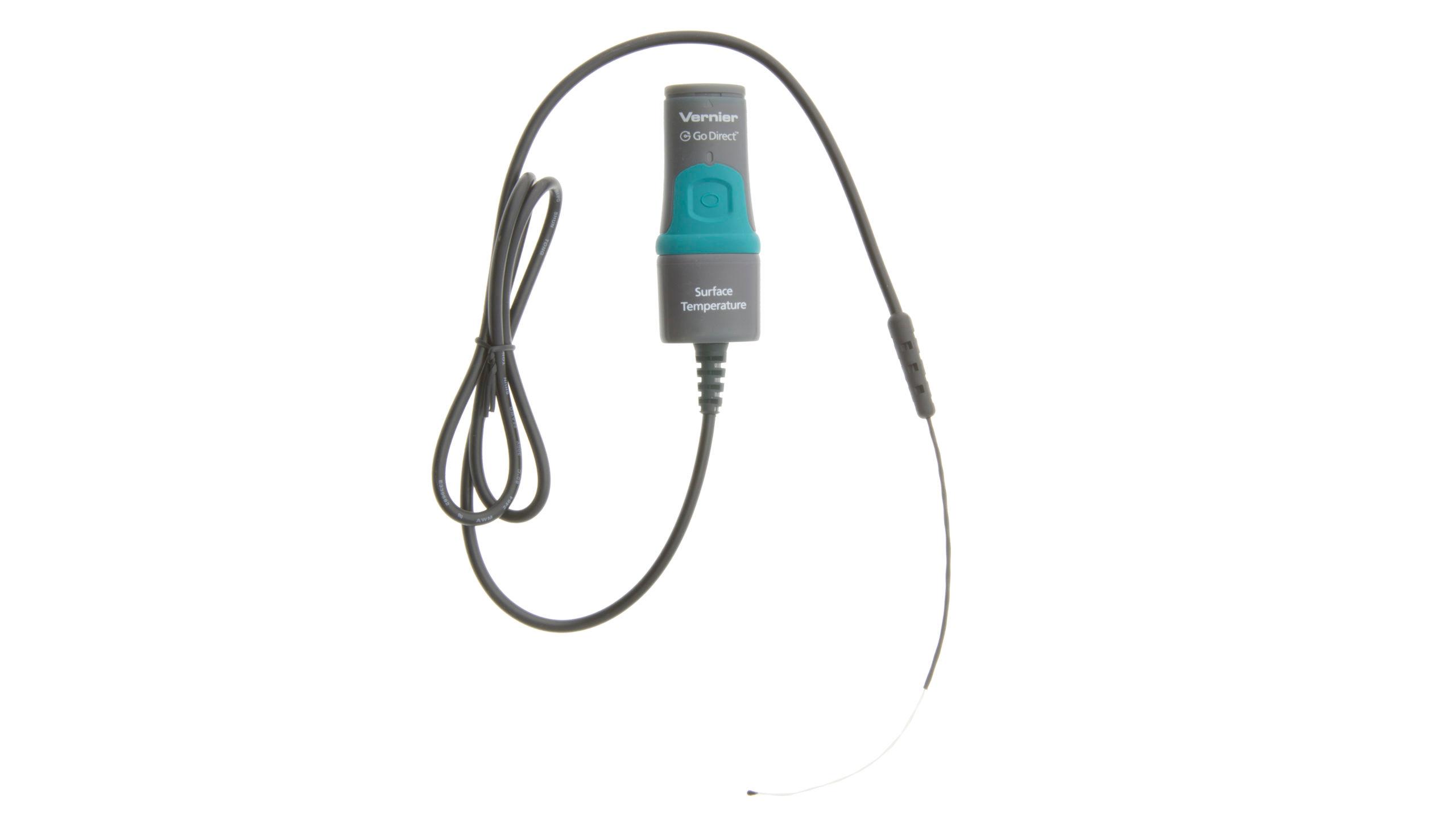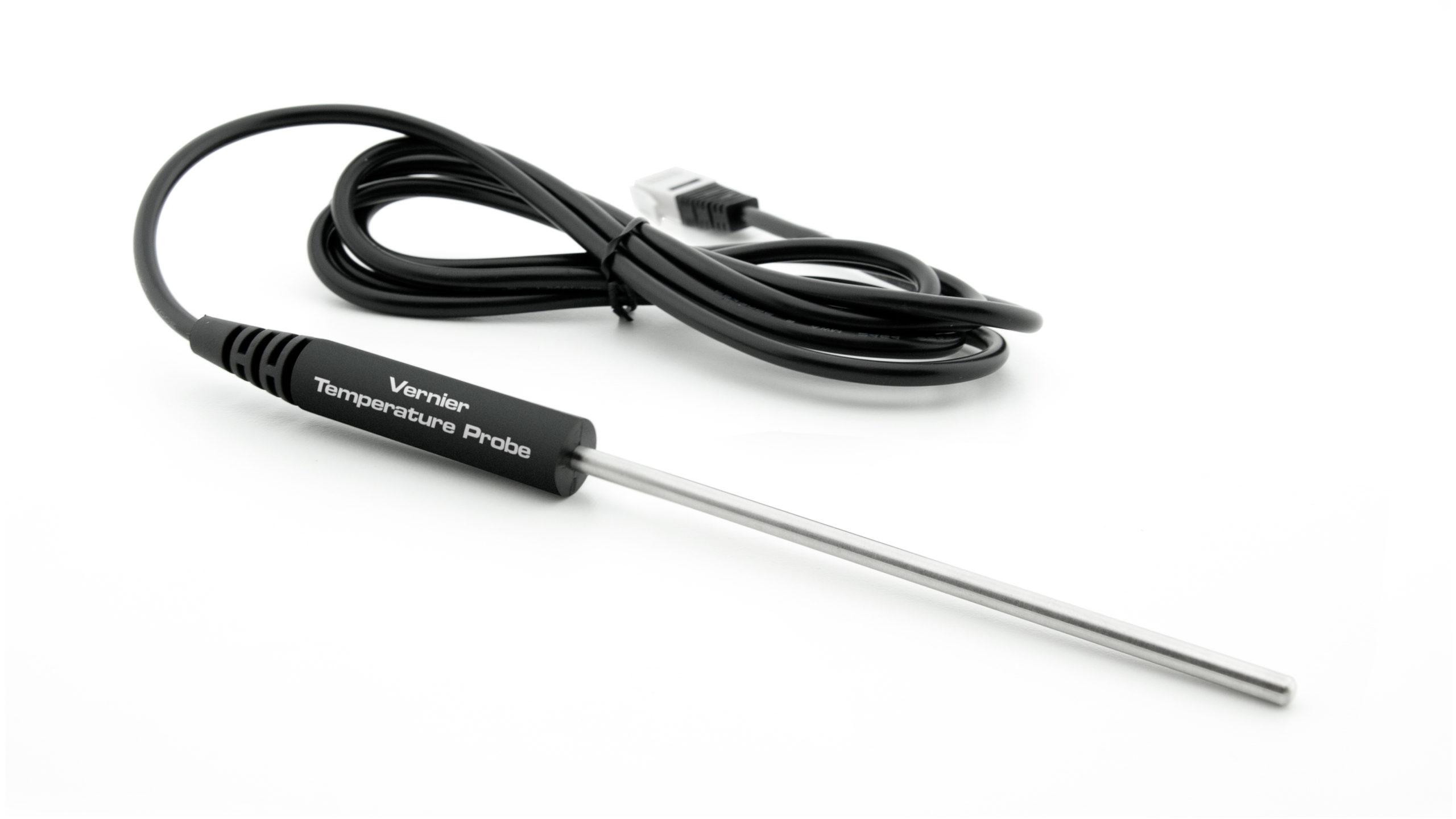Effects of Insulation on Animal Temperature
Experiment #21 from Agricultural Science with Vernier
- Subject
- Agricultural Science
Introduction
Sheep, cattle, and other livestock have techniques to protect themselves against changes in temperature. Most animals have a hide or fleece to provide warmth and protection against cold and wet conditions. In summer animals sweat to increase heat loss through evaporation and may seek out natural shade sources such as trees or stay close to water.
Animal producers and owners also have many ways of managing animals to provide proper care and shelter. Barns and shelters can protect animals from cold, rain, and snow in the winter. Barns can also provide shade in hot summer months. Sometimes, animal producers will use misting systems to help cool animals.
Sheep producers are able to shear their animals to help regulate body temperature. Does it make sense to shear a sheep right before winter? In this activity you will explore the effect of insulation on maintaining body temperature.
Objectives
- Analyze temperature changes over time.
- Simulate winter conditions on sheared and non-sheared “sheep.”
- Consider how environmental factors influence animal well-being.
Sensors and Equipment
This experiment features the following sensors and equipment. Additional equipment may be required.
Option 1

Option 4

Ready to Experiment?
Ask an Expert
Get answers to your questions about how to teach this experiment with our support team.
- Call toll-free: 888-837-6437
- Chat with Us
- Email support@vernier.com
Purchase the Lab Book
This experiment is #21 of Agricultural Science with Vernier. The experiment in the book includes student instructions as well as instructor information for set up, helpful hints, and sample graphs and data.



